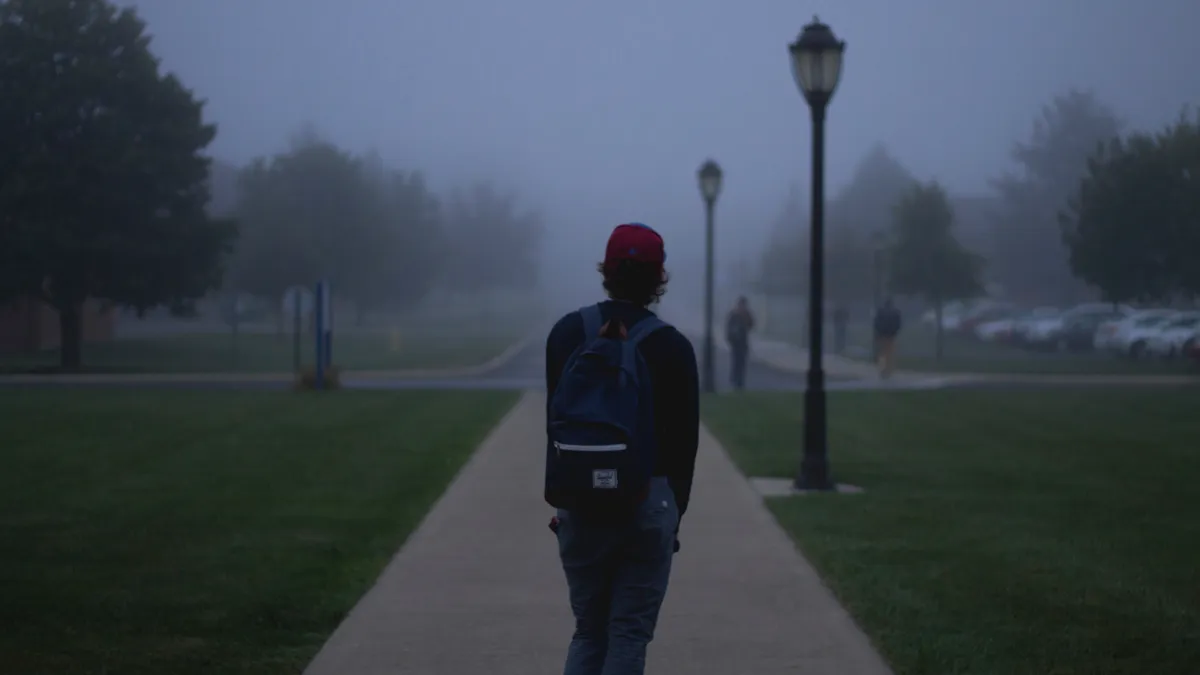Dive Brief:
- The Trust for America’s Health and the Well Being Trust created a joint policy paper that calls for a national strategy to improve childhood resilience and school responses to crises involving suicide, drugs and alcohol, District Administration reports.
- The issue is relevant to schools, where students spend about half their year, because suicide is now the third leading cause of death in children ages 10 to 14, and more than 1 million middle school and high school age students have a substance abuse disorder, the authors note.
- The policy paper details four main areas of concern that need to be addressed on the school level: the need to partner with community-based organizations, such as Communities that Care; the need to improve school climate through such programs as Positive Behavioral Interventions and Supports (PBIS); the need for proactive screening for mental health risk factors and potential substance abuse; and increased staffing of mental health workers and training of teachers.
Dive Insight:
Suicide and substance abuse don’t only affect the students dealing with these issues. They also impact other students and teachers who are affected by that student’s actions. Depression, mental illness and substance abuse also take a toll on schools in the form of increased absenteeism and poorer academic performance.
That is why more schools and districts are seeing the need to deal with these issues as a part of a holistic approach to education. In some schools, this means helping students build resilience and learn proper responses to situations through social-emotional learning programs or class discussions of suicide. Some states are going even farther by incorporating mental health education in the curriculum or looking at options to drug test students and staff.
Others are focusing on increased training for teachers so that they can build better relationships with students and learn to spot the warning signs of these issues earlier. Many schools are trying to locate funds to increase the number of mental health professionals on staff, which may also be accomplished by partnering with local mental health organizations or health clinics that can provide mental health services online at little or no cost to schools.
The solutions may vary from one school district to another, but what is clear is that all districts need additional strategies to deal with issues that are claiming the lives and futures of a growing number of students.












